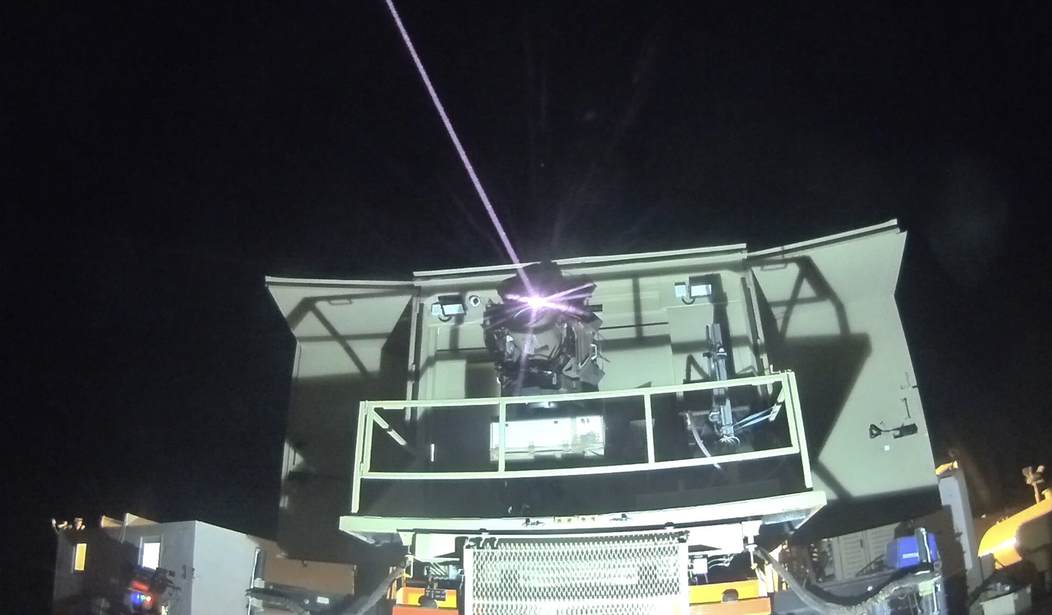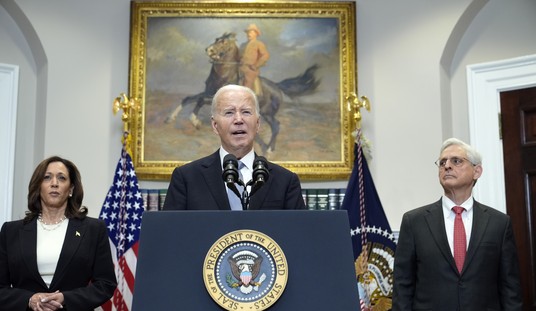Welcome to Sky Candy. Today's soundtrack is Bach — I felt like it was a good week for something baroque. This is Bach's Partita in C minor (BWV 997) played on a really hairy-looking lute — all those strings!
The guitar is one of the many instruments that I tried and failed to learn to play. My thick, stubby fingers and lack of manual dexterity meant it pretty much stymied me. So looking at this instrument — a baroque lute, by the way — is just intimidating.
Prelude
Andrew McCarthy takes some wonderful astrophotographs, but John Kraus here has the eye of an artist. Frank Kelly Freas would have painted something like this.
Falcon 9 transits the 100% full Moon during tonight’s 8:53:30pm ET launch of 21 Starlink satellites from Florida 🚀🌕 pic.twitter.com/n61bQQtRLF
— John Kraus (@johnkrausphotos) April 13, 2025
Aurorae are amazing. The eye wants to make them into something like a physical curtain.
This is how fast the aurora can change… pic.twitter.com/skWBCuMJzk
— Vincent Ledvina (@Vincent_Ledvina) April 19, 2025
And they have such variety. The different colors come from the solar wind exciting different molecules in the upper atmosphere — reds and purples from nitrogen, reds come from oxygen as well, but the most common color is that vivid green.
North Idaho checking in- unfortunately it’s cloudy tonight #auroraborealis #aurora @TamithaSkov @theauroraguy @Vincent_Ledvina @AuroraNotify @AuroraAlertsApp pic.twitter.com/SYglNLwUmz
— Bella Dahlia (@brattyassbella) April 21, 2025
The nitrogen glow happens when the stuff hitting the upper atmosphere is very energetic.
2:45am – no #aurora alerts, but the sky glowed purple & pink over Sutherland . As an Aurora hunter, I sleep with one foot in my shoe, hand on the camera, eye on the sky. It's not a job – it's a calling.@London_Lady @theauroraguy #NorthernLights @aurora_chasers @TamithaSkov pic.twitter.com/bYf1FJzeRw
— Monika Focht Photography (@MonikaFocht) April 21, 2025
These pictures are great but imagine the same display in a clear sky.
Fugue
Our theme for this fugue is round stuff. Okay, I'm no Bach.
The Cocoon Nebula is, in astronomical terms, brand new.
Sh2-82 (Cocoon Nebula) is a dynamic combination emission and reflection nebula located about 3,262 light years from Earth in Cygnus. Residing in a congested starfield, the nebula is powered by a young, bright star, BD+46 3474, that formed about 100,000 years ago. 📷 SPL #Sh282 pic.twitter.com/4I37NAJaTt
— Lee-Anne Gibbon (@LeeAnneGibbon1) April 21, 2025
It does puzzle me often where the names of nebulae come from. This little guy, I suppose, comes from the "head" off to the upper right.
NGC 6210 (Turtle Nebula) is a shimmering planetary nebula located about 6,500 light years away from Earth in constellation Hercules. Very small, it was discovered in 1825 by Friedrich Struve and measures about 1,6 light years from top to bottom. 📷 Constellation Guide #NGC6210 pic.twitter.com/YkigsKIOZo
— Lee-Anne Gibbon (@LeeAnneGibbon1) April 18, 2025
This is also called the Veil Nebula. NASA here suggests the supernova that made it happened 5,000 to 8,000 years ago, while other sources put it between 10,000 and 20,000 years ago. It wouldn't have been very bright from Earth.
Hooked on the cosmos 😍
— NASA (@NASA) April 24, 2025
The Cygnus Loop is a supernova remnant left over from a massive stellar explosion that occurred 5,000 to 8,000 years ago.
See a new 3D visualization of the blast wave interacting with the stuff between the stars: https://t.co/RnY37n5dse pic.twitter.com/E3Vyn3NrvB
…and now you see why we're getting such bright aurorae.
One of the largest coronal holes observed by SDO is now facing Earth! pic.twitter.com/MZS1IlNiTk
— Vincent Ledvina (@Vincent_Ledvina) April 20, 2025
Sarabande
My younger readers — I do have younger readers, right? — may remember what we thought Mars was like before the first Mariner photographs in July 1965. I was almost 10, and I remember how disappointed I was that there were no canals and no Martians after having been inoculated with Heinlein during the preceding year. That was OMG 60 years ago. In the intervening years, Mars has become a place, a world.
Related: Sky Candy and the Globs of Mars
I still miss the Martians, though. I guess we'll have to be the Martians — that was what Ray Bradbury said.
This is a highly detailed view of one of the craters on Mars, taken by the HiRISE high-resolution camera. It is installed on the MRO orbital probe, which circles the red planet at an altitude of 250 km.pic.twitter.com/eqgSAvbzQy
— All day Astronomy (@forallcurious) April 19, 2025
This is the Sun in five or six billion years.
A giant spiderweb in space? 🕸️
— Hubble (@NASAHubble) April 20, 2025
Not quite – this image from Hubble's 32nd year shows CW Leonis, a dying red giant star.
The orange-red "cobwebs" are dusty clouds of sooty carbon, created from the outer layers of CW Leonis being thrown out into space: https://t.co/3V0sMmRVLZ pic.twitter.com/ELldLADMyf
This picture could have been calculated to catch my attention.
Orion, Sirius, Mars and the Pleiades in the night sky over Hawaiipic.twitter.com/FkwwQmQUmL
— All day Astronomy (@forallcurious) April 19, 2025
Andromeda is our Milky Way's big sister, and always spectacular.
M31 Andromeda galaxy by Robert Gendler. pic.twitter.com/FPf27BjauP
— Alienigena11 (@Madriles6211) April 20, 2025
A "sarabande" is a slow, stately dance. This one is very slow.
Whirlpool Galaxy. Around 9 hours of LRGB data using 115mm triplet and @QHYCCD 268m camera. pic.twitter.com/t46FSClM3O
— Derek Foster (@DerekFoster) April 19, 2025
Gigue
The sky from Earth can be pretty spectacular, too.
A spectacular example of an iridescent cloud
— Science girl (@gunsnrosesgirl3) April 21, 2025
pic.twitter.com/mKcYnznlD7
Imagine being there. A portal? An angel? Almost a shame it's "just" sun and snow.
A skier spotted a rare phenomenon known as "sun candle" while on the slopes pic.twitter.com/bESv8tWJmb
— vids that go hard (@vidsthatgohard) April 13, 2025
And that's Sky Candy for another week. At my The Stars Our Destination Substack, there are daily posts of space and astronomy stuff. One of the themes I'm exploring is colonizing the Solar System — spoiler: I'm in favor. I did a longer article exploring a common objection to the idea of terraforming Mars, that the terraformed atmosphere would leak away. Have a look: Will a Terraformed Mars Leak? And come back next week for more Sky Candy. As always, I love your comments.










